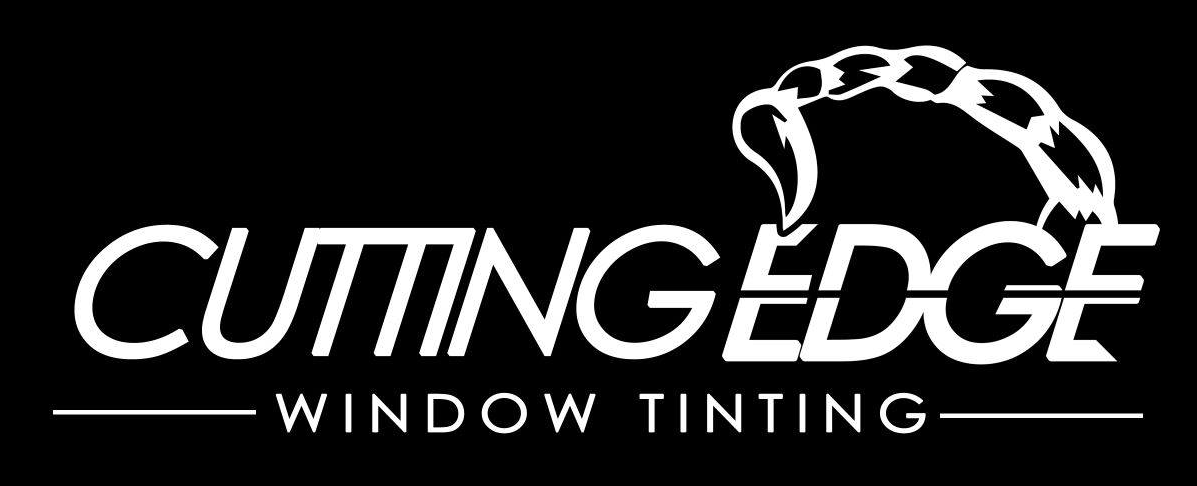When Was Window Tint Invented?
What year was the window tint first invented? What are the advantages and drawbacks of this window tint? Read on to find more. This article offers a summary of the history behind window tinting. It also reviews the advantages and drawbacks of the metalized film. The article also addresses the costs of this particular product. To learn more about the history behind window tinting, continue reading! Don't forget to learn about the most cost-effective options you can choose from now!
Invention of window tinting
How did window tinting come into existence? It was in the 1940s following World War II, when the American automobile industry exploded and people began to realize that heat and glare were magnified by the glass. Window spray was also developed in the early days. But it was difficult to use since it caused an uneven shade. Window film, an ideal solution to the issue of heat rejection, was developed in 1966. This invention made windows cooler and more attractive to the human eye.
The first window films that were made of dye, and their heat rejection was disappointing. They were dye-based, and they could absorb heat from the interior. After a few months they began to discolor and began to bubble. The next generation of window films had metallic particles that were integrated into the dye and they were more efficient. They are able to reduce heat emissions by half the temperature of a vehicle. They were not without their shortcomings, and they only provided a temporary solution to the problem.
The first window films had issues, such as an inclination to cause interference with electronic gadgets. They also depended on metal composites, making difficult to make. The company eventually came up with a ceramic window film which was resistant to the effects of UV and heat but also offered a clear appearance. Window film remains well-liked despite the flaws. Although the original film wasn't as well-known as the current version, it is still widely used in many settings.
The tinting of windows made of metal can have its disadvantages
Metalized window film comes with many benefits. It reduces heat inside the car while blocking harmful UV rays and decreasing reflections. They're also stronger and less likely to break. However, they do have limitations. Though the reflective qualities might not be to your taste but they're functional and can prevent your car's heat from being absorbed.
Metalized window film contains small metal particles that are almost indistinct to the naked eye. The tiny metallic particles provide the film with strength and make it appear shiny from the outside. Although window tint made of metal is impervious to scratches, it can also block the signals of cell phones and GPS. It is therefore more ineffective than other forms of window tints. However, the metalized window film is more expensive than dyed window tint, and will last for many years if it is properly maintained.
Metallic window film has lower privacy as compared to non-metalized or colored window films. However, it is stronger and more resistant to scratches than the ones with metalized coatings. However, it isn't the same as carbon or ceramic window films. It's also not suitable on windows with lots of curves. Metallic film should not be applied to windows already covered with metallic tints. It could ruin the appearance of your vehicle.
Costs of window tinting
The cost of window tinting varies based on the type of tint you choose. Certain brands and kinds of tints are cheaper than others, but the cost of the job may differ. For the lowest window tinting price, you should plan ahead and look for the lowest price. Window tinting prices include the labor and the materials. Read on to learn about the various factors that determine the price of tinting windows.
The most expensive kind of window film is made of ceramic, which filters out 50 percent of UV rays while preserving the view. Ceramic window films cost between $5 and 10 cents per square foot. It is able to block heat and glare coming from the outside. Ceramic films are typically 3 to 4 millimeters in thickness. Forcible entry films are typically 7 to 8 millimeters thick. The film is thicker, so it costs more than other types.
Costs for window tinting are based on the quality of the window film. The highest-quality window films are more costly. They block harmful UV rays and reduce the heat that enters the interior. It is also possible to select various tints that blend with the existing color scheme. In general, the cost of tinting windows for cars begins at about $125 and is only required for a single application. There is a chance that you won't be able to assure the color stability of the film.
|
Phone +18474292479
|
|
| Address |
408 Brook St, Elgin, IL 60120
|
https://www.cuttingedgewindowtinting.co/how-long-does-window-tint-take-to-dry
https://www.cuttingedgewindowtinting.co/what-happens-if-i-roll-my-window-down-after-tint
https://www.cuttingedgewindowtinting.co/what-is-ceramic-tint
https://www.cuttingedgewindowtinting.co/what-percent-is-factory-window-tint
https://www.cuttingedgewindowtinting.co/what-is-window-tinting

